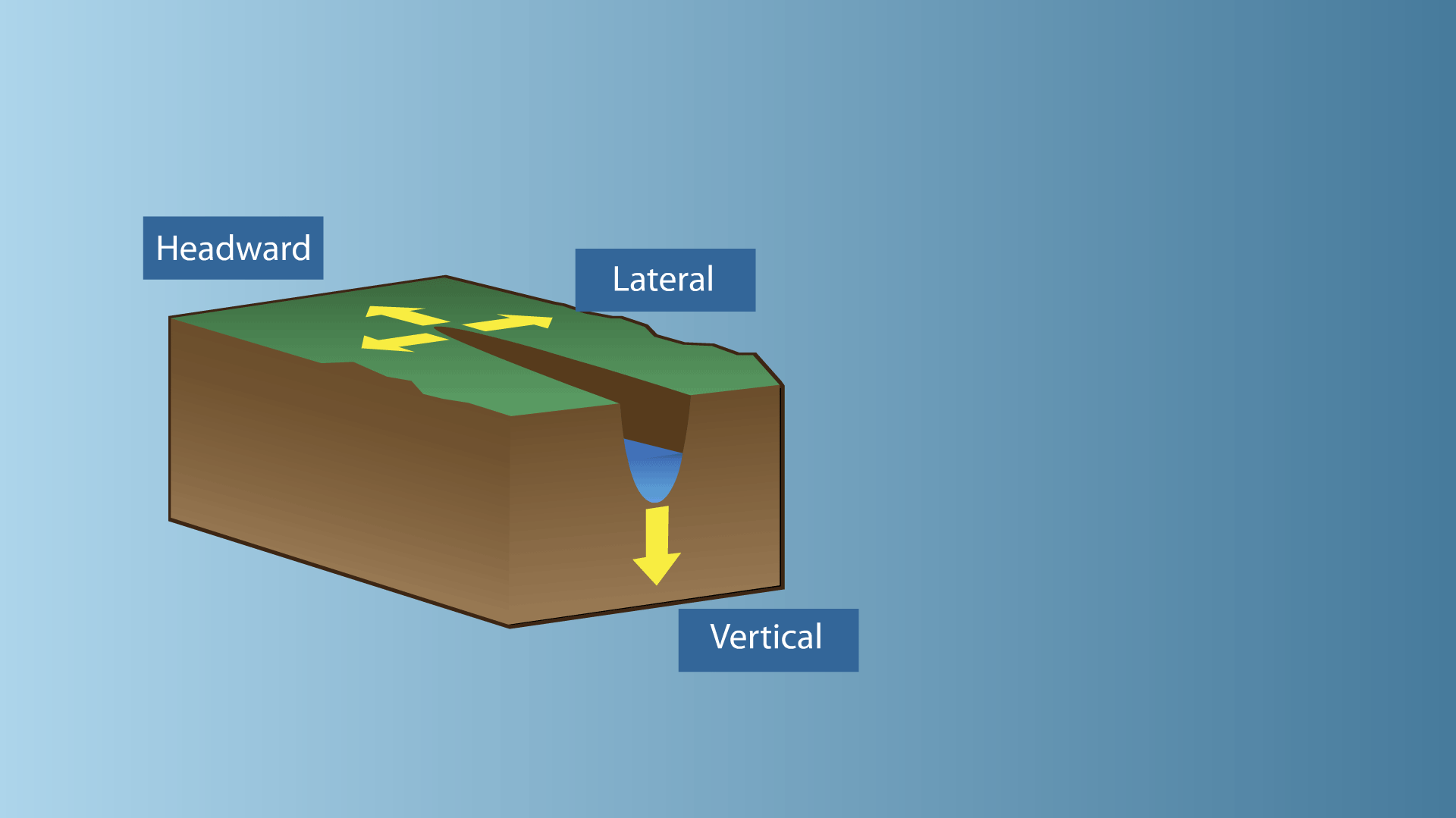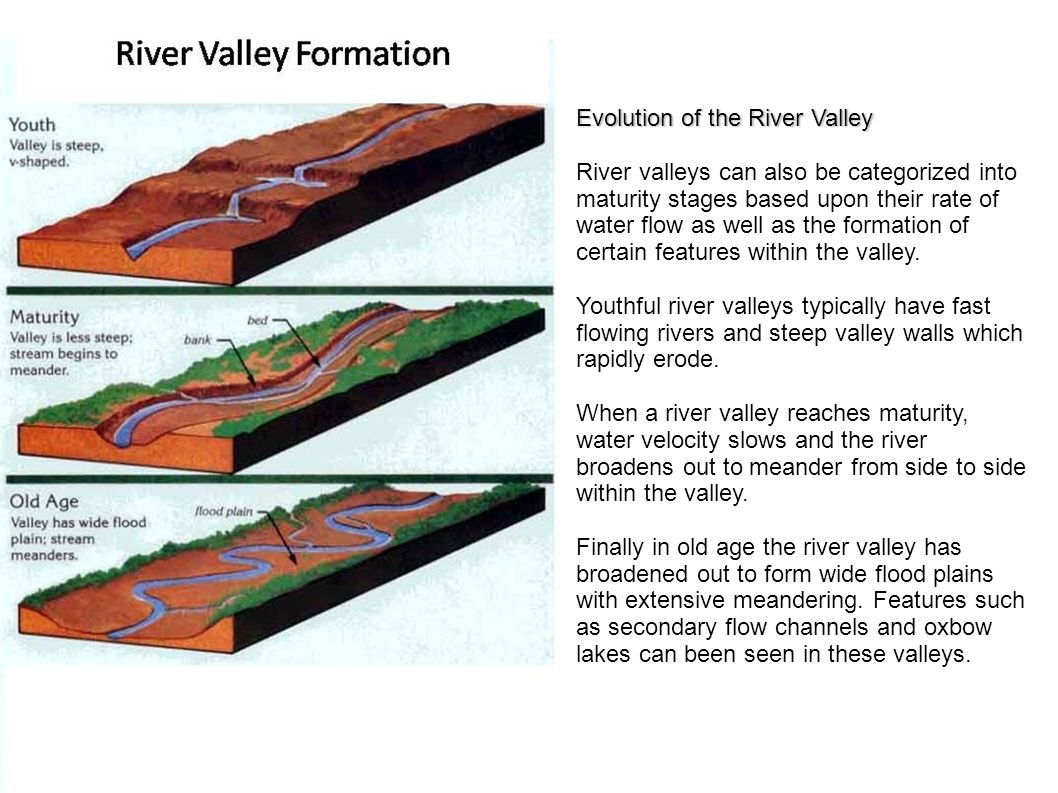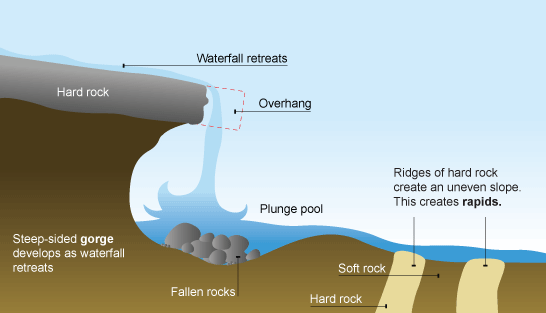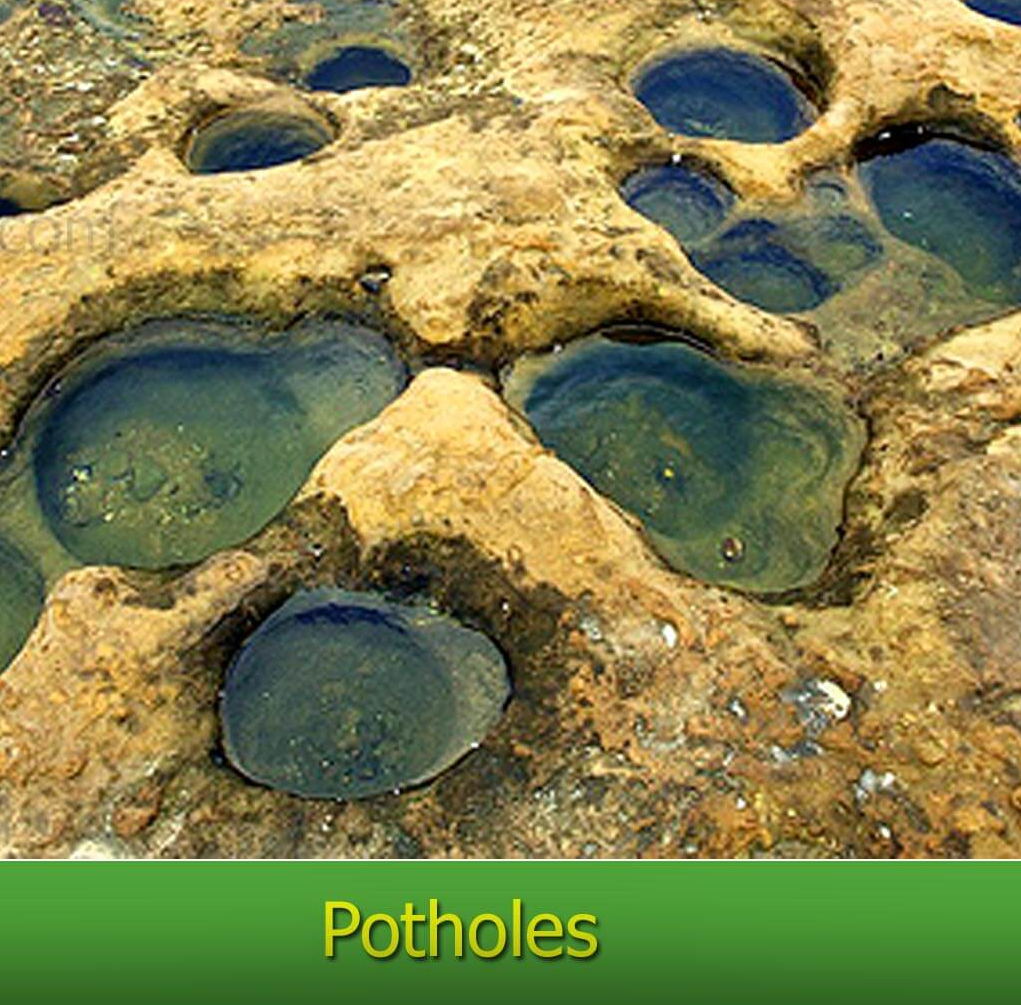Static Quiz 20 May 2022
Quiz-summary
0 of 5 questions completed
Questions:
- 1
- 2
- 3
- 4
- 5
Information
Static Quiz 20 May 2022 for UPSC Prelims
You have already completed the quiz before. Hence you can not start it again.
Quiz is loading...
You must sign in or sign up to start the quiz.
You have to finish following quiz, to start this quiz:
Results
0 of 5 questions answered correctly
Your time:
Time has elapsed
You have reached 0 of 0 points, (0)
Categories
- Not categorized 0%
- 1
- 2
- 3
- 4
- 5
- Answered
- Review
- Question 1 of 5
1. Question
Which among the following statements is/are correct about alluvial fans?
1. They are triangular-shaped deposits of water-transported material.
2. The deposits are usually poorly sorted.
3. They are unconsolidated sedimentary deposits and tend to be larger and more prominent in arid to semi-arid regions.
4. The alluvial fans are the erosional feature of fluvial landformsCorrectAns;- a) Only 1,2 and 3
Explanation;
• An alluvial fan is a cone-shaped depositional landform built up by streams, heavy with sediment load.
• Alluvial fans are formed when streams flowing from mountains break into foot slope plains of low gradient.
• Normally very coarse load is carried by streams flowing over mountain slopes. This load gets dumped as it becomes too heavy to be carried over gentler gradients by the streams
• Furthermore, this load spreads as a broad low to a high cone-shaped deposit called an alluvial fan that appears as a series of continuous fans.
• Alluvial fans in humid areas show normally low cones with a gentle slope from head to toe and they appear as high cones with a steep slope in arid and semi-arid climates.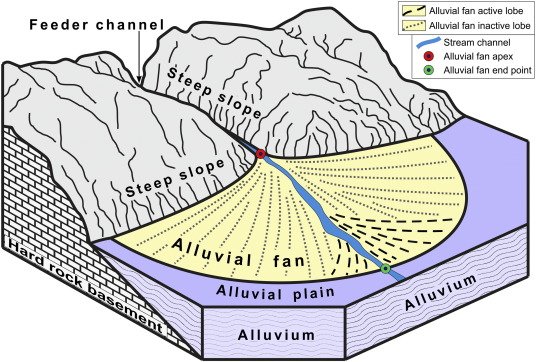 Incorrect
IncorrectAns;- a) Only 1,2 and 3
Explanation;
• An alluvial fan is a cone-shaped depositional landform built up by streams, heavy with sediment load.
• Alluvial fans are formed when streams flowing from mountains break into foot slope plains of low gradient.
• Normally very coarse load is carried by streams flowing over mountain slopes. This load gets dumped as it becomes too heavy to be carried over gentler gradients by the streams
• Furthermore, this load spreads as a broad low to a high cone-shaped deposit called an alluvial fan that appears as a series of continuous fans.
• Alluvial fans in humid areas show normally low cones with a gentle slope from head to toe and they appear as high cones with a steep slope in arid and semi-arid climates.
- Question 2 of 5
2. Question
Which of the following are correctly matched?
1. Vertical Erosion = it is a process by which a river increases its upstream length.
2. Headwards Erosion = it is a process through which river channel is extended in its width
3. Lateral Erosion= takes place at the base of the river.CorrectAns;- d) None of the above
Explanation;-
• All are incorrectly matched.
• River erosion takes place in three ways:-
1. Headwards erosion it is a process by which a river increases its upstream length. This is achieved by a river cutting back at its source
2. Lateral erosion it is a process through which river channel is extended in its width due to sideways erosion at the outside banks of the rivers
3. Vertical erosion Vertical erosion takes place at the base of the river. The channel of the river gets deepened through vertical erosion Incorrect
IncorrectAns;- d) None of the above
Explanation;-
• All are incorrectly matched.
• River erosion takes place in three ways:-
1. Headwards erosion it is a process by which a river increases its upstream length. This is achieved by a river cutting back at its source
2. Lateral erosion it is a process through which river channel is extended in its width due to sideways erosion at the outside banks of the rivers
3. Vertical erosion Vertical erosion takes place at the base of the river. The channel of the river gets deepened through vertical erosion
- Question 3 of 5
3. Question
Which of the following landforms are found during Young stage of river?
1. V shaped Valley
2. Meander
3. Ox-bow LakeCorrectAns;- a) Only 1
Explanation;-
• Except V shaped valley, remaining 2 forms in Mature and Old age of rivers.
Youth
• Streams are few during this stage with poor integration and flow over original slopes
• The valley developed is thus deep, narrow and distinctly V-shaped with no floodplains or with very narrow floodplains.
• Downcutting predominates over lateral corrasion
• Streams divides are broad and flat with marshes, swamp and lakes.
• Some of the outstanding features which are developed in this stage are gorges, canyons waterfalls, rapids and river capture etc.Mature
• During this stage, streams are plenty with good integration.
• Lateral corrasion tends to replace vertical corrasion
• The valleys are still V-shaped but wide and deep due to an active erosion of the banks;
• Trunk streams are broad enough to have wider floodplains within which streams may flow in meanders confined within the valley.
• Swamps and marshes of youth stage, as well as flat and broad inter-stream areas, disappear. The stream divides turn sharp.
• Waterfalls and rapids disappear.
• Meander and slip off slopes are the characteristic features of this stageOld
• The river moving downstream across a broad level plain is heavy with sediments.
• Vertical corrasion almost ceases in this stage though lateral corrasion still goes on to erode its banks further
• Smaller tributaries during old age are few with gentle gradients.
• Streams meander freely over vast floodplains. Divides are broad and flat with lakes, swamps and marshes.
• Depositional features predominate in this stage
• Most of the landscape is at or slightly above sea level
• Characteristic features of this stage are floodplains, oxbow lakes, natural levees and Delta etc. Incorrect
IncorrectAns;- a) Only 1
Explanation;-
• Except V shaped valley, remaining 2 forms in Mature and Old age of rivers.
Youth
• Streams are few during this stage with poor integration and flow over original slopes
• The valley developed is thus deep, narrow and distinctly V-shaped with no floodplains or with very narrow floodplains.
• Downcutting predominates over lateral corrasion
• Streams divides are broad and flat with marshes, swamp and lakes.
• Some of the outstanding features which are developed in this stage are gorges, canyons waterfalls, rapids and river capture etc.Mature
• During this stage, streams are plenty with good integration.
• Lateral corrasion tends to replace vertical corrasion
• The valleys are still V-shaped but wide and deep due to an active erosion of the banks;
• Trunk streams are broad enough to have wider floodplains within which streams may flow in meanders confined within the valley.
• Swamps and marshes of youth stage, as well as flat and broad inter-stream areas, disappear. The stream divides turn sharp.
• Waterfalls and rapids disappear.
• Meander and slip off slopes are the characteristic features of this stageOld
• The river moving downstream across a broad level plain is heavy with sediments.
• Vertical corrasion almost ceases in this stage though lateral corrasion still goes on to erode its banks further
• Smaller tributaries during old age are few with gentle gradients.
• Streams meander freely over vast floodplains. Divides are broad and flat with lakes, swamps and marshes.
• Depositional features predominate in this stage
• Most of the landscape is at or slightly above sea level
• Characteristic features of this stage are floodplains, oxbow lakes, natural levees and Delta etc.
- Question 4 of 5
4. Question
Which of the statements are correctly matched regarding Waterfalls and Rapids?
1. Waterfalls = are stream sections with extremely strong currents, numerous obstacles, and steps in their streambeds.
2. Rapids = is a vertical drop in a streambed. Both are sites of vigorous erosion .CorrectAns;- d) None of the above
Explanation;-
• Both the statements are reversed.
• Rapids are stream sections with extremely strong currents, numerous obstacles, and steps in their streambeds. A waterfall is a vertical drop in a streambed. Both are sites of vigorous erosion . Rapids often form where resistant bedrock confines a stream to a narrow channel, and forces an increase in water velocity.
 Incorrect
IncorrectAns;- d) None of the above
Explanation;-
• Both the statements are reversed.
• Rapids are stream sections with extremely strong currents, numerous obstacles, and steps in their streambeds. A waterfall is a vertical drop in a streambed. Both are sites of vigorous erosion . Rapids often form where resistant bedrock confines a stream to a narrow channel, and forces an increase in water velocity.

- Question 5 of 5
5. Question
Which of the statements are correctly matched regarding Potholes and Plunge pool?
1. Potholes = are more or less circular depressions over the rocky beds of hills streams.
2. Plunge Pools = are nothing but large, deep potholes commonly found at the foot of a waterfall.CorrectAns;- c) Both 1 and 2
Explanation;-
• Both the statements are correctly matched.
• Potholes are more or less circular depressions over the rocky beds of hills streams. Once a small and shallow depression forms, pebbles and boulders get collected in those depressions and get rotated by flowing water.

• Plunge pools are nothing but large, deep potholes commonly found at the foot of a waterfall.
 Incorrect
IncorrectAns;- c) Both 1 and 2
Explanation;-
• Both the statements are correctly matched.
• Potholes are more or less circular depressions over the rocky beds of hills streams. Once a small and shallow depression forms, pebbles and boulders get collected in those depressions and get rotated by flowing water.

• Plunge pools are nothing but large, deep potholes commonly found at the foot of a waterfall.


